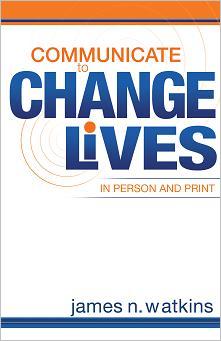
From my writers’ resource page: Hope and humor for writers
Books are pitched to publishers, not as complete manuscripts, but as “proposals” that a) must catch an editor’s attention, b) convince the marketing committee there is a market for the book and c) prove you have a way to reach that market.
Here’s a sample of the sections that must be included:
Cover letter
A single-spaced cover letter that concisely communicates the selling points of your book. (Keep in mind, you’re pitching your book to both editors and those “bean counters” in marketing.)
Bold face items so the editor can quickly scan your proposal for main elements. This is the form I use acquiring for Wesleyan Publishing House:
Author name:
Your physical address:
Your email address:
Working Title/Subtitle:
1. Genre, Audience, Premise Genre:
Target Audience:
[What you don’t want to write is “everyone will love this book.” Publishers don’t publish for everyone. Detail the exact demographic (single moms of teenagers) or need (those with family members with cancer).]
Premise:
[Keep this very short, very concise. If you can’t describe your book in 24 words of less, it’s not focused enough. Use two paragraphs at most.]
Impact on Reader:
[After reading book, what will read know, feel and do?]
Competition/Distinctives:
[Go to amazon.com and search for your subject. Let the publisher know the titles, authors, publishers and date of publication of similar books. Then show how your book differs from all the thousands of other books on that subject. (If there are no similar books, that could reveal that there is no market for the subject.)]
Reason to Buy:
2. Book Features
Special Features:
Target Word Count:
Author’s Aim and Goal:
3. Author Info
Credentials:
[This is not a resume, but your education and/or experience that makes you the author to write this book.]
Publishing Experience:
[Include any royalty-publisher books (self-published don’t count unless you’ve sold 5,000 copies of it) and prominent magazines (your local paper or church newsletter doesn’t count).]
Church Affiliation:
Platform:
[Publishers love authors with a “platform.” Are you a public speaker? Do you have a radio or TV program? A popular Web site or blog? Five thousand friends on Facebook or followers on Twitter?]
Marketing strategy:
[Do you know influential people who can endorse/promote your book? Do you have creative suggestions for promoting your book? Any companion products? (Remember, you’re aiming your proposal at the marketing people.)]
Personal:
[Here’s where you can share that you own 15 cats. On second thought, don’t share that!]
Table of contents
Provide chapter titles and brief summary of chapters:
Chapter 1
[Keep these very short as well. Aim for one paragraph for each chapter.]
Chapter 2
[Continue for rest of book . . .]
Sample chapters
Provide as many double-spaced sample chapters as the publisher requests (I like three including
Introduction and then any two other chapters.)
And, of course, study very thoroughly either The Christian Writers’ Market Guide
or Writer’s Market to be sure it’s in the exact format they desire.
Copyright © 2007, 2014 James N. Watkins
Photo: Cytonn Photography


Thank you for the clear guidelines.
Thanks for this–now no one has an excuse to not do it right…especially me! 🙂
Thanks for sharing these guidelines. I am greatly encouraged by them.
Thanks for publishing this Jim. I’ve come back to this several times over the years. Hope you are doing well.
You’re so welcome! Let me know if you ever need help with your book.